Menu:
- Home
- TAC-G
- Calendar
- Cybersecurity
-
Projects
- Plans & Documents
- Tribal Medical Reserve Corps
- Tribal CERT
- Tribal RACES
-
Blockwatch
-
Interoperable Communications
- Nation to Nation
- Legislative
- Links
- Grant Opportunities
- Critical Infrastructure Protection
-
Tribal Public Health
- Tribal GIS
-
Public Information Officers
- Upcoming and Past Conferences
![]()
Upcoming Events
NWTEMC Tribal Partners

Colville Confederated Tribes
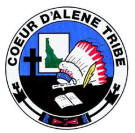
Coeur D'Alene Tribe
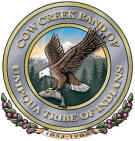
Cow Creek Band of Umpqua Tribe of Indians
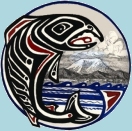
Cowlitz Indian Tribe
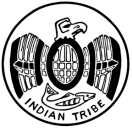
Hoh Indian Tribe

Kalispel Tribe of Indians
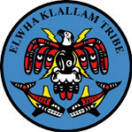
Lower Elwha Klallam
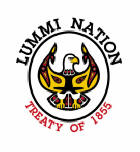
Lummi Nation

Muckleshoot Indian Tribe
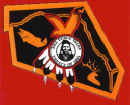
Nez Perce Tribe
Nisqually Indian Tribe
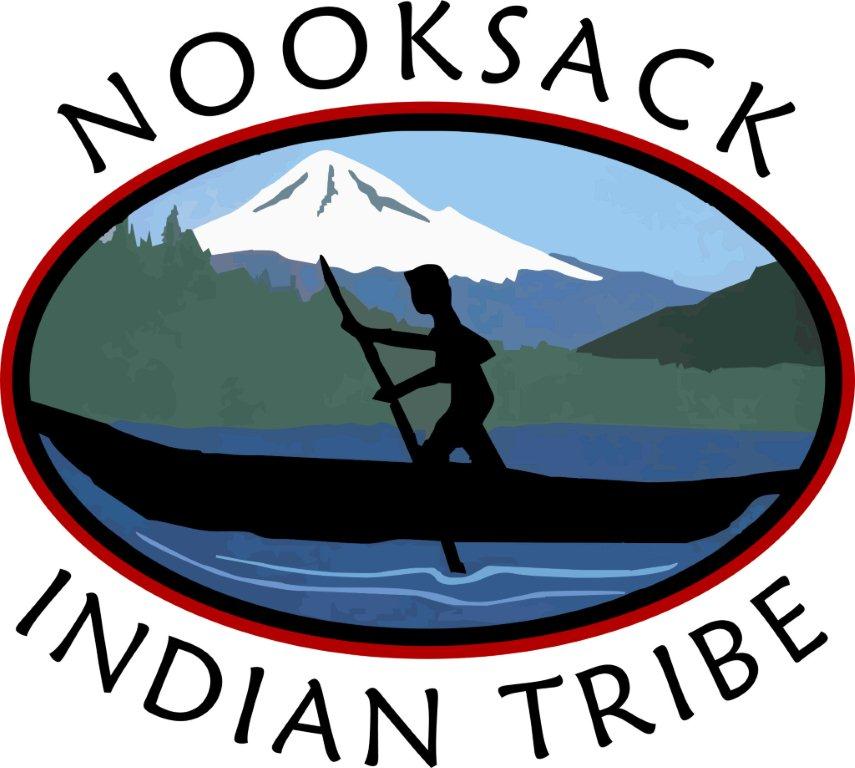
Nooksack Indian Tribe
Quinault Indian Nation

Quileute Nation
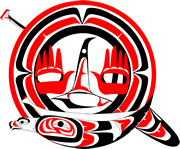
Samish Indian Nation
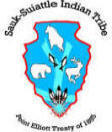
Sauk-Suiattle Indian Tribe
Scammon Bay Native Village, Alaska
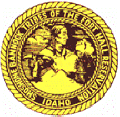
Shoshone-Bannock Tribes
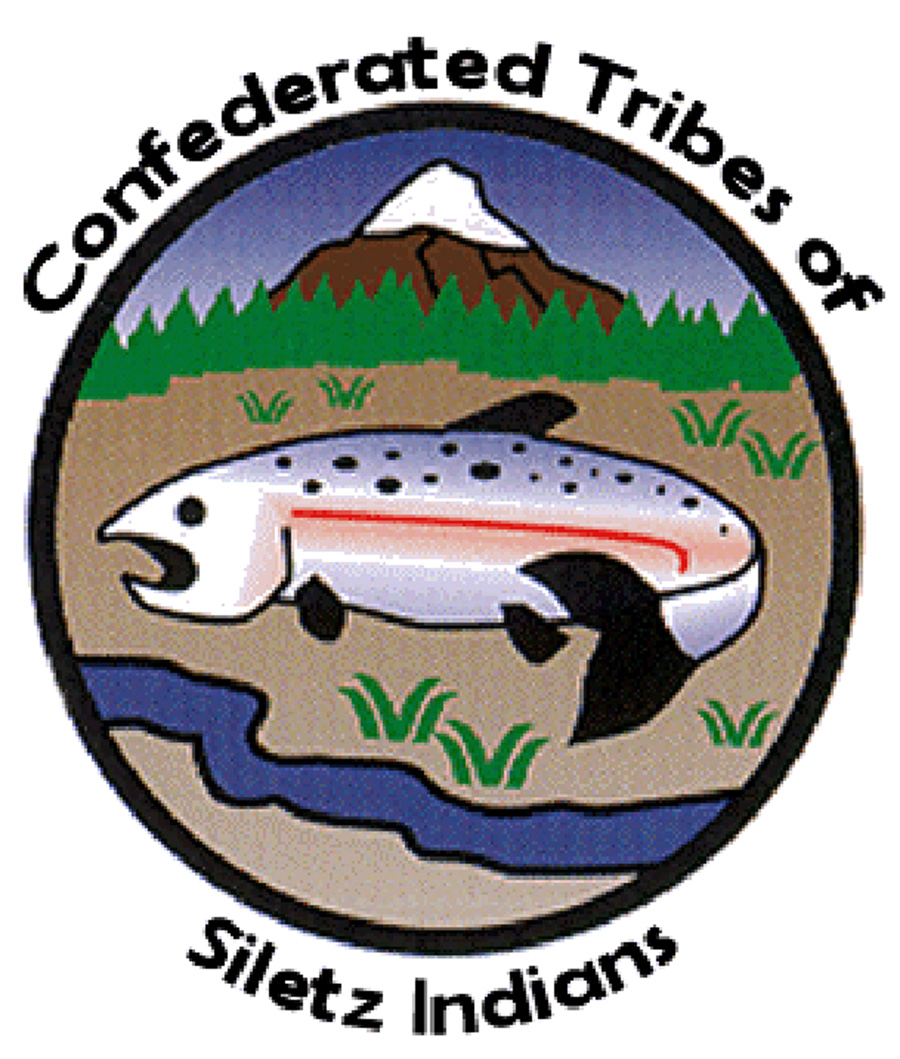
Confederated Tribes of Siletz Indians

Spokane Tribe of Indians

Stillaguamish Tribe of Indians

Swinomish Indian Tribal Community

Tulalip Tribes
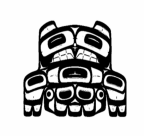
Upper Skagit Tribe
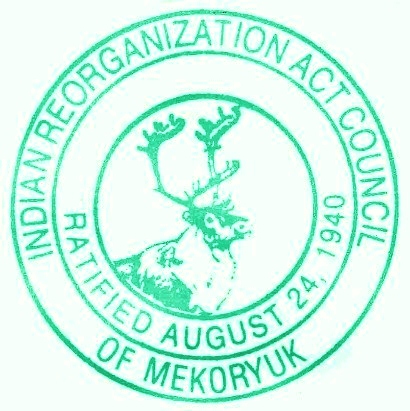
Village Council of Mekoryuk, Alaska
Nation to Nation
What happened to the Government to Government page? To better reflect the relationship between Tribal Nations and the United States we have updated the name of this page.
To quote new Secretary of the Interior, Ken Salazar "...I will work to restore the integrity of the nation-to-nation relationship with our Native American communities.â€
Tim Sanders of the Gila River Indian Community in Arizona has put together a paper for the International Association of Emergency Managers (IAEM) describing Tribal Governments in the United States. The paper intent is to provide a short briefing about Tribal Governments to Emergency Managers and others with an interest in obtaining a better understanding of our governments. Mr. Sanders has graciously agreed to allow it to be posted to our website. You can click here to download the document.
Introduction to Tribal Governments
In General
Before 1492 and the arrival of explorers from Europe and beyond, Indian people were already living in highly organized societies, with established forms of government, and with a special interest in protecting and preserving the "homeland". In fact, the people who began to think about a new nation on this continent used many principles of Indian government as they built the framework for this country. For example, the Iroquois Federation, a union of six tribes, developed and implemented a constitution known as the "Great Law of Peace". This constitution recognized leaders as servants of the people and made provisions for removing leaders who did not serve in the best interests of the people. It upheld freedom of speech and expression in religious and political affairs and even provided for political participation by women. Many of these principles are echoed in our own constitution but few people realize that Franklin, Jefferson, and other visionaries recognized the value of these principles and adapted them in the framework for the new nation.
Tribal Government Organization
Many tribal governments have adopted constitutions, articles of association, or other bodies of law, while some operate under traditional systems of governance. Most tribal governments have a chief executive officer or chief elected official, often called the tribal chairman, but may be known as the principle chief, governor, president, or some other name. Most tribal governments have a legislative body most often referred to as a tribal council. Some tribes are organized so that a vote by the membership is required to enact laws, resolutions, or other legislative matters.
Constitutional Basis for Tribal Governments
Article 1, Section 8 of the U.S. Constitution reads, "The Congress shall have power to … regulate commerce with foreign nations, and among the several states, and with the Indian tribes." The supreme law of the United States recognizes that tribal governments exist and creates the basis for a unique and special relationship between the Federal government and tribal governments. Tribal governments are governments, they are not state governments, they are not local governments, and they are not special interest groups. The Supreme Court and the Congress have affirmed that tribal governments retain their inherent powers of self-government and self-determination. Many treaties, laws, and Supreme Court decisions have resulted in a fundamental and legally binding contract between the Federal government and Indian tribal governments.
Federal Recognition of Tribal Governments
Today there are over 560 tribal governments, each one unique, recognized by the Federal government. "Recognition" is a legal term meaning that the United States recognizes and upholds a government-to-government relationship with a tribe. It also means that a tribe exists in what is known as "domestic dependent nation status". Federally recognized tribal governments (Federally Recognized Indian Tribe List Act of 1994, 25 U.S.C. 479a) enjoy all the powers of self-government (tribal sovereignty) except those that Congress has specifically removed. This means that tribal governments have the inherent right to make their own civil and criminal laws, have tribal courts to uphold these laws, the right to tax, license, and regulate, and to exclude persons from tribal lands. Tribal governments have the authority and responsibility for many governmental activities, including education, law enforcement, environmental protection, cultural and historical preservation, and for establishing basic infrastructure such as water systems, wastewater systems, roads, and bridges. This authority and responsibility also extends to the field of emergency management / homeland security.
American Indians
Because of the unique Federal relationship and status of tribal governments, American Indian and Alaska Natives are citizens, or members, of the tribal government. In this context, "Indian" is a legal classification, not an ethnological classification. Tribal members are eligible for certain services provided by the United States because of laws and treaties. Of course, American Indians and Alaska Natives are also citizens of the United States (Indian Citizenship Act, 8 U.S.C. § 1401, 1924) and the state where they reside, with the right to vote and run for office and the other rights that come with citizenship. Charles Curtis, a member of the Kaw Tribe of Kansas served as vice-president during the Herbert Hoover administration. Ben Nighthorse Campbell, a member of the Northern Cheyenne Tribe, was elected to the Senate in 1992 after serving several terms in the House of Representatives.
Federal Trust Responsibility
The United States, because of treaties, executive orders, Federal laws, and case law, has a legally enforceable fiduciary obligation to protect tribal self-governance and self-determination, tribal lands, tribal assets, cultural and historical resources, natural resources, and treaty rights. This is known as the Federal Trust Responsibility and has been upheld by the Supreme Court which defined trust responsibility as "moral obligations of the highest responsibility and trust." (Seminole Nation v. United States, 1942).
Tribal / State Government Relationship
The United States Constitution gives authority for Indian affairs to the Federal government and, except in very limited instances, none to the state governments. Tribal governments are not subordinate to state or county governments because they retain the inherent rights of self-determination. Tribal governments do, however, frequently cooperate with state and local governments through intergovernmental agreements and strong working relationships. This is especially true in the emergency management arena.
Government-to-Government
The United States, including all its agencies, are to deal with Indian tribes as governments, not special interest groups, individuals, or any other entity. No one can speak or do business for the tribe except the tribal government. Tribal governments should be able to expect Federal agencies to deal with them as governments, similar to the way the Federal government deals with state governments. State governments are not a "middle man" in this government-to-government relationship. Relationships between tribal and state governments should also be one of government-to-government.
Tribal Emergency Management
For thousands of years, and especially since 1492, tribal governments and organized Indian societies have dealt with emergencies and disasters of every description. Indian people have dealt with disaster using the resources at their disposal and depending on people helping people. They have survived natural disasters, wars, and contamination of tribal lands. Indian people were the victims of biological warfare when Europeans intentionally exposed them to smallpox in 1763 around Ft. Pitt in what is now Pennsylvania. Yet they have survived.
Today many tribal governments are recognizing the need for comprehensive emergency management programs and capabilities. They are working hard, using very limited resources, to develop and implement measures to protect and save lives and protect and preserve natural and cultural resources. Gaming revenues have made it possible for some tribal governments to move from all volunteer fire protection to full time, well trained, and well equipped fire departments. Tribal law enforcement capabilities are being developed. Emergency management programs are being established. Basic communications capabilities are being implemented. While this is progress, tribal governments are in most cases building these capacities from scratch, with little or no Federal or state funding. There are thousands of state and county emergency management personnel who receive all or part of their salary from Federal funding to the states. Until recently, there was no funding for tribal emergency management staff. Even now funding is limited to small grants, to only a few tribes, with no continuing funding on the horizon.
Homeland Security
Homeland has a special meaning for Indian people. From the early 1800s to as late as 1887, the United States government was under tremendous pressure to move eastern tribes to the west. The government implemented an aggressive military policy of forcibly removing Indian people from their homelands to reservations. Generally this was accomplished by signing a treaty with tribal governments that essentially traded vast amounts of land for the right of self-governance on reservations. In return for these vast amounts of lands and natural resources ceded to the United States, the government made promises to Indian tribes for such services as health care, education, housing, and other support for services of a governmental nature. Later, as the demand for land grew, Congress passed the Allotment Act which converted tribal government lands into small parcels for ownership by individual Indians. Without the means to work these parcels and support their families, over 90 million acres of land was purchased for pennies on the dollar by land speculators. This meant that 2/3 of Indian lands were taken with little or no compensation to the individual Indians or to tribal governments.
Still, Indian people feel a tremendous duty to protect and preserve reservation lands, as well as protection of the homeland. Indian people have always answered the call to duty when this country was at war. Navajo code talkers were instrumental in World War II. Many Indians have served with distinction and were highly decorated. Even today many Indian people are serving in the Armed Forces. Many more serve in law enforcement, emergency medical services, and fire departments.
Today, with the emphasis on protecting the United States, tribal governments are faced with the responsibility of protecting sometimes vast and remote reservation land. In several situations, tribal lands share an international border with Mexico or Canada. Tribal governments simply do not have the money, people, or resources to do this job effectively. Amidst all the zeal and funding initiatives for homeland security, there is no mention of providing funding to assist tribal governments. States, counties, and cities are reaping huge grants to improve their infrastructure and improve their capabilities. Tribal governments are supposed to benefit from the trickle down effect, but in many states, due to legal, political, or other barriers, tribes do not receive any funding. The bottom line is that without parity funding for tribal governments, the homeland security system will have major gaps and shortcomings.
DHS / FEMA and Tribal Governments
The Department of Homeland Security / Federal Emergency Management Agency are subject to the same obligations as other Federal agencies under the Federal trust responsibility doctrine. FEMAs American Indian Alaska Native Policy In August of 1997, FEMA began the process of developing its policy for government-to-government relations with Indian and Alaska Native tribal governments. FEMA held several listening sessions and workshops with tribal representatives across the country. The final policy was published in the Federal Register, Vol. 64, Number 7, on January 12, 1999.
Policy Summary
By developing and implementing this policy, FEMA affirmed recognition that tribal governments hold a unique status in the United States. The policy was developed to affirm the Agency's understanding, support, and pursuit of a government-to-government relationship with American Indian and Alaska Native tribal governments. The policy principles are summarized below.
- The Federal Emergency Management Agency recognizes and commits to a government-to-government relationship with American Indian and Alaska Native tribal governments.
- The Federal Emergency Management Agency will consult with American Indian and Alaska Native tribal governments before taking actions that affect tribal governments to assure that tribal rights and concerns are addressed.
- The Federal Emergency Management Agency acknowledges the trust relationship with American Indian and Alaska Native tribal governments.
- The Federal Emergency Management Agency will take steps to eliminate or diminish procedural impediments to working directly and effectively with tribal governments.
- The Federal Emergency Management Agency will work with other Federal departments and agencies to enlist their support in support of the goals of this policy.
- The Federal Emergency Management Agency will encourage cooperation and partnerships among Federal, Tribal, State, and local governments.
- The Federal Emergency Management Agency acknowledges as precedents the policy commitments and decisions of the executive, legislative, and judicial branches of the United States Government.
- The Federal Emergency Management Agency will use its best efforts to institutionalize this policy within the fundamental tenets of the Agency's mission.
Executive Order 13175 (Consultation and Coordination with Indian Tribal Governments)
This order replaced Executive Order 13084 (Consultation and Coordination with Indian Tribal Governments) and complements Executive Order 13132 (Federalism). Executive Order 13175 was published in the Federal Register, Vol. 65, Number 218, on November 9, 2000.
Fundamental Principles of Executive Order 13175
Following is an excerpt of the Executive Order as published in the Federal Register.
"The United States has a unique relationship with Indian tribal governments as set forth in the Constitution of the United States, treaties, statutes, Executive Orders, and court decisions. Since the formation of the Union, the United States has recognized Indian tribes as domestic dependent nations under its protection. The Federal Government has enacted numerous statutes and promulgated numerous regulations that establish and define a trust relationship with Indian tribes."
"Our Nation, under the law of the United States, in accordance with treaties, statutes, Executive Orders, and judicial decisions, has recognized the right of Indian tribes to self-government. As domestic independent nations, Indian tribes exercise inherent sovereign powers over their members and territory. The United States continues to work with Indian tribes on a government-to-government basis to address issues concerning Indian tribal self-government, tribal resources, and Indian tribal treaty and other rights."
"The United States recognizes the right of Indian tribes to self-government and supports tribal sovereignty and self-determination."
IAEM Tribal Affairs Committee
Vision
The Tribal Affairs Committee will facilitate the exchange of ideas and information and the exploration of issues of mutual concern among tribal and local emergency managers. The Committee will develop, propose, and advocate for mutually beneficial solutions, legislation, and initiatives.
Purpose
Tribal governments, just like city, county, and state governments, are responsible for implementing measures to save lives, protect property, and preserve natural and cultural resources, and lifeways in the event of emergencies and disasters. Tribal governments have been dealing with emergencies and disasters for centuries but are just now beginning to establish formal programs. There is a need to improve communication, cooperation, and interaction among tribal, state, and local emergency managers. There is also a need to work together to build emergency management capabilities in Indian Country so tribal programs can become an effective participant in the integrated emergency management system in the United States.
